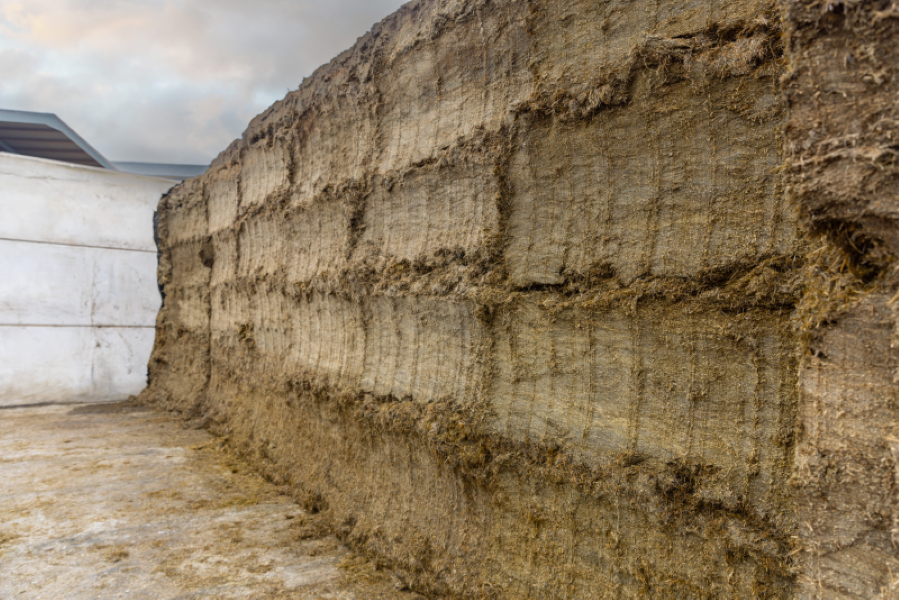As grass availability continues to fall, the majority of farmers will be feeding silage whether cows are housed or not.
With silage being the main source of forage in the cow’s diet, minimising waste will be a priority over the winter months.
Despite a good year for grass growth and most farms having sufficient fodder in the yard, protecting your fodder is always important in case there is a long winter.
Most silage this year was made dry, but there is always a chance of moulds developing which will end up in the waste pile.
However,managing the pit correctly should minimise any further waste.
Silage pit
Farmers who are still managing to get fresh grass into the diet will also be feeding some silage.
Ideally, this should be from bales rather than opening the pit.
Once you open the pit, the exposed face should be used up within one week, as otherwise there will only be an increased amount of spoilage.
Even when the silage is the main source of fodder in the diet, wide silage pits can often have increased spoilage, as it is difficult for the average herd to get across the pit and use up the exposed content within one week.

Another key factor regarding the management of a silage pit lies with your sheer grab.
A good sharp sheer grab will keep the face of the pit compact and ensiled, while a blunt sheer grab will leave the face uneven.
If the face is uneven, the sheer grab will pull out silage rather than slice through it, which will allow air flow through the pit, leading to spoilage.
When opening the pit, only open a small bit of plastic at any one time.
Opening too much of the pit will lead to over-exposure and therefore result in spoilage.
Spoiled fodder
If silage is gone mouldy, it should not be fed to young stock or dairy cows, as it will firstly decrease the feeding value and will have a negative impact on animal health.
This may also lead to the cow suffering from mycotoxicosis, which can be hard to notice during the dry period as it primarily leads to reduced milk production, increased somatic cell count (SCC) and mastitis, as well as fertility problems and diarrhoea.
Some farmers feed the poorer quality silage to young stock; however they are more commonly prone to listeriosis, a disease that can affect cattle that eat mouldy silage.
Listeria is caused by the Listeria monocytogenes bacteria. It is a zoonotic disease that can cause abortion, eye infection, and brain disease.
This is why it is important to continue regularly testing silage throughout the winter to determine the mycotoxin load.

